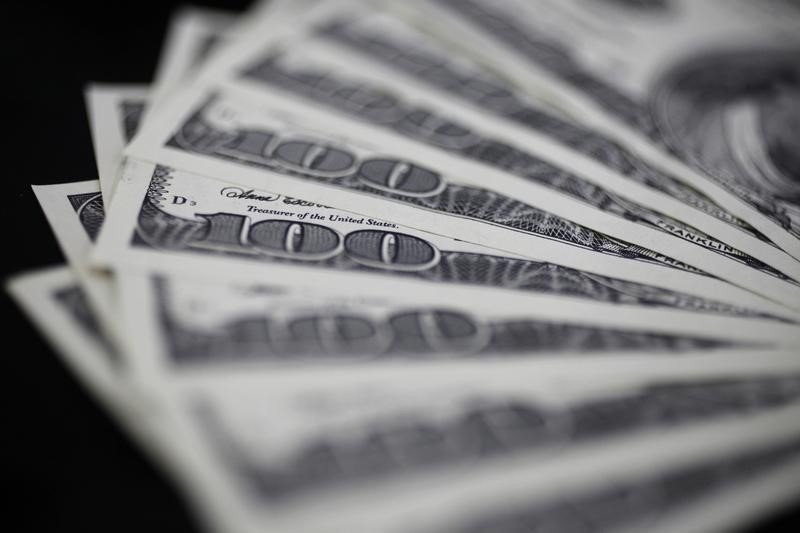* Graphic: World FX rates in 2019 http://tmsnrt.rs/2egbfVh
* Dollar weaker on Fed's dovish policy guidance
* Euro, Aussie, kiwi dollar gain versus greenback
* Franc, yen firm marginally higher versus dollar
By Vatsal Srivastava
SINGAPORE, Jan 31 (Reuters) - The dollar extended losses on Thursday after the Federal Reserve sent the clearest signal yet that its three-year drive to tighten monetary policy is close to an end in the face of rising pressure on the economy from slowing global growth.
As it held interest rates steady, the U.S. central bank discarded its promises of "further gradual increases" in interest rates, and said it would be "patient" before making any further moves. Fed has went as far as expectations were raised in terms of being dovish..the responsive reaction by the Fed means that the chances of a recession have faded," said Michael McCarthy, chief markets strategist at CMC Markets.
"The dollar index can hit 93.5 if the support level of 95 is broken..I expect commodity currencies such as the Aussie, Kiwi and Canadian dollar to do well"
The dollar index, a gauge of its value versus six major peers, was down slightly at 95.37 and near a 3-week low, after falling 0.43 percent overnight.
The U.S. currency's fortunes had turned down even before the Fed's signal on Wednesday, with policymakers in recent weeks sounding out that a cautious approach would be adopted following from the four rate increases delivered in 2018.
Not surprisingly analysts are bearish on the dollar, which outperformed last year thanks to the rates impulse and a robust U.S. economy, as a Sino-U.S. trade war and rising pressure on global growth threaten to dent output at home.
Indeed, Fed Chairman Jerome Powell said the case for rate increases had "weakened" in recent weeks, citing "cross-currents" including slowing growth overseas and the self-inflicted wound of a federal government shutdown making the U.S. outlook less certain.
That means the Fed would not want to risk putting the brakes on U.S. economic momentum, analysts say.
Global markets have been rattled by a slew of weaker than expected growth data out of China and Europe over recent weeks, and the International Monetary Fund (IMF) downgraded its outlook for global growth last week.
The Australian dollar AUD= added 0.1 percent to $0.7256, after rallying 1.3 percent on Wednesday, its largest percentage gain since Jan. 4.
The Swiss franc CHF= and yen JPY= edged marginally higher on the greenback to 108.97 and 0.9936, respectively.
The euro EUR= also pulled up a little to $1.1484, having climbed above the $1.15 level on Wednesday as the dovish Fed appeared to eclipse for now weakening growth in the euro zone.
That weakening momentum in the euro area had led markets to price in an accommodative European Central Bank through much of 2019, likely limiting the upside for the single currency over the medium term.
Sterling GBP= , which is grappling with troubles of its own on uncertainty over a deal to avoid a chaotic British exit from the European Union, was steady at $1.3120.
